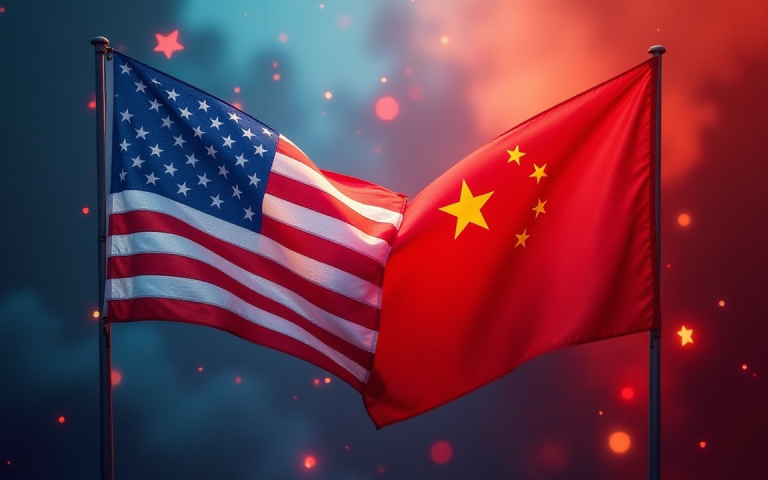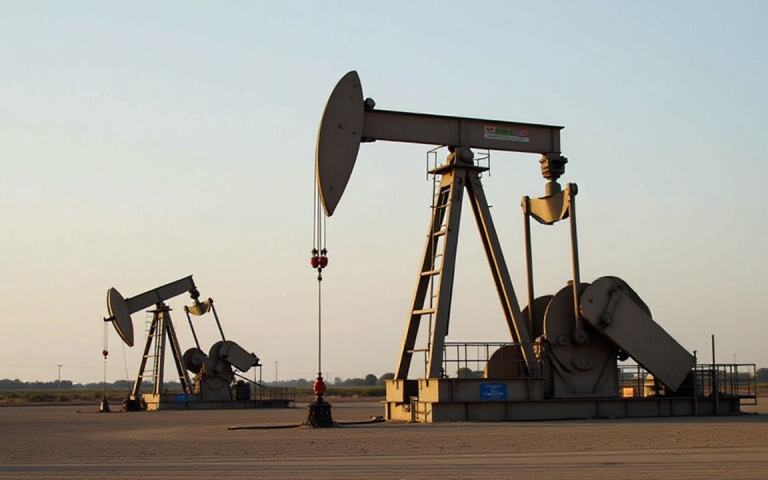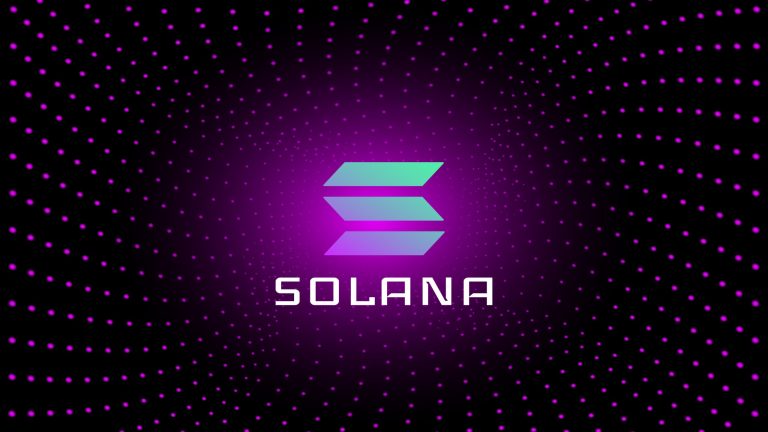The trade war between the US and China escalated fast this year. And just as quickly, both sides returned to the table.
Over one weekend in Geneva, top officials from Washington and Beijing met for their first face-to-face negotiations since President Trump raised tariffs on Chinese goods to 145%. China responded with a 125% tax on US imports, bringing nearly $600 billion in trade to a halt.
Now, the same officials are calling the talks productive and speaking of a “total reset.” But what actually happened behind the scenes over the weekend and what will happen next?
Why did the US and China sit down now?
The Geneva talks weren’t planned long in advance. In fact, they only happened because both sides realized the situation had started to spin out of control.
Trump’s “Liberation Day” tariffs in April, which imposed massive duties on dozens of trading partners, were the most aggressive trade policy shift in decades.
While many countries sought exemptions, China retaliated.
The result was a near-collapse in bilateral trade and a growing list of consequences: slowing growth, rising prices, and a real risk of supply chain breakdown.
Pressure came from inside the US too. Retail executives warned that continued tariffs would leave shelves empty by summer. Some compared the situation to the early days of the pandemic.
With US GDP already contracting in the first quarter of 2025, the urgency for damage control was growing.
Goldman Sachs projected core inflation could double to 4% by the end of the year. At that point, talks weren’t just an option. They were a necessity.
What actually got discussed in Geneva?
The official word is that “much was agreed to,” but no detailed joint statement has been released.
Still, the pieces are starting to fall into place.
Treasury Secretary Scott Bessent and Trade Representative Jamieson Greer met with Chinese Vice Premier He Lifeng for nearly 15 hours across two days. Bessent later said the talks were productive.
He also suggested the differences between the two countries may have been smaller than many believed.
Tariffs were the central focus. Trump floated the idea of reducing duties on Chinese imports to 80%, a significant drop from 145%, but still high enough to keep pressure on Beijing.
China has not officially confirmed whether it will reduce its 125% tariffs. But both sides now admit that continued escalation could severely harm their economies.
There were also broader issues on the table. The US pushed for more access to China’s consumer market and tighter controls on the export of fentanyl precursors.
China, meanwhile, sought clarity on what exactly the US wanted and continued to reject calls for structural reforms.
Ultimately, the negotiations did not resolve these long-standing disputes, but they did establish a new channel for dialogue.
Could this be the end of the trade war?
Not yet. The tariffs remain in place, and no final deal has been announced. Still, the tone has changed.
The US called the talks a “reset.” China, through state media, called the meeting a necessary step toward avoiding further escalation.
That seems pretty significant, considering that the previous round of talks in 2020 ended in a paper deal that quickly fell apart. This time, the urgency is real and the stakes are higher.
One major difference is that the costs are no longer theoretical. Chinese exports to the US dropped 21% in April, while factory output slowed to its weakest level in over a year.
On the US side, imports from China are expected to fall by 75 to 80% in the second half of 2025.
The National Retail Federation expects overall import traffic to decline for the first time since 2023. These aren’t distant projections but live indicators of stress in both economies.
If anything, this gives both sides incentive to move toward a staged rollback.
Economists believe even cutting tariffs to 80% would still leave the US with one of the highest effective import tax rates in modern history. But it would be a start.
Why does this matter beyond tariffs?
This trade dispute is no longer just about trade.
Trump has tied the tariffs to other issues, like fentanyl trafficking and industrial policy. China sees this as part of a larger attempt to limit its rise.
That’s why any deal will likely go beyond product-level negotiations. At its core, this is about the balance of economic power and influence.
But it’s also about global risk.
The World Trade Organization has already downgraded its 2025 merchandise trade forecast to negative 0.2%, a full three percentage points below pre-war expectations.
The IMF followed with a cut to global growth projections, warning that division into economic blocs could push the world closer to long-term stagnation.
A trade freeze between the US and China is not just their problem. It’s everyone’s.
What to watch next
On Monday, the US is expected to release details from the Geneva talks, potentially outlining a phased plan to reduce tariffs.
This may include sector-specific relief, such as temporary suspensions on electronics, agriculture, or pharmaceuticals, as well as early benchmarks tied to Chinese market access or fentanyl enforcement.
Officials have hinted at continued momentum, and a direct call between Trump and Xi Jinping could follow if this framework holds.
For now, however, the 145% and 125% tariffs remain in place, and businesses will continue to face high costs, re-routing supply chains, and pricing pressure as they wait for clarity.
Looking ahead, there are three plausible directions.
A full-scale rollback to the 20% range could emerge if both sides agree on mutual enforcement and measurable outcomes, though that’s optimistic.
A second outcome is gridlock: talks stall, tariffs stay, and the economic fallout continues.
But the most likely scenario is a limited deal where China makes concessions on fentanyl and opens a few sectors, while tariffs remain elevated as a negotiating tool.
This lets both governments claim success without solving the deeper structural divide. Whatever the case, this reset will only matter if it leads to sustained, enforceable change, and not just headlines.
But for now, the tariffs stay. But so does the conversation.
And in a trade war with no winners, that’s more progress than most expected.
The post From escalation to reset? What really happened during the US–China trade talks in Geneva appeared first on Invezz










